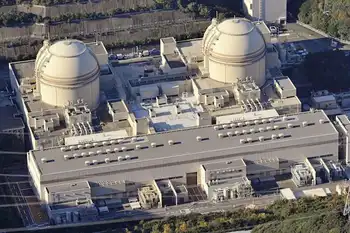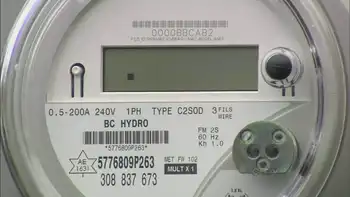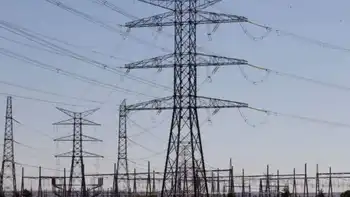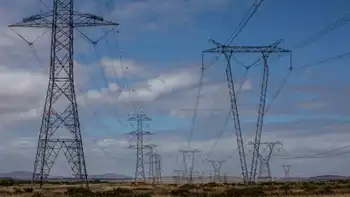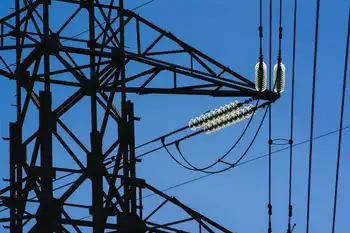U.S. presses ahead with climate bill
By Reuters
High Voltage Maintenance Training Online
Our customized live online or in‑person group training can be delivered to your staff at your location.

- Live Online
- 12 hours Instructor-led
- Group Training Available
Energy Secretary Steven Chu told the Reuters Washington Summit that he was putting in long hours on climate issues and believes there was "a reasonably good possibility" that the Congress could deliver legislation reducing carbon dioxide emissions in time for the Copenhagen meeting.
"Look, I'm still going to be optimistic and say there is a chance that there will be a bill that the Senate and House have agreed upon that goes before the president before Copenhagen," Chu said.
Chu said there was now an opening for getting enough votes for passage in the Senate, where the effort to approve a climate change bill has been bogged down for months.
Government help for expanding the U.S. nuclear energy industry — a goal of key Senate Republicans including John McCain and Lindsey Graham — is on the table in negotiations. Chu said expanding the $18.5 billion loan guarantee program for expanding nuclear power generation could be one possibility.
Graham, a conservative Republican, announced this month that he would work with leading Democrats to fashion a climate change bill he could vote for.
Chu said he has since had "a long lunch" with Graham during which he "assured" the senator that the administration wants to include nuclear energy in the mix of clean fuels that would replace dirty-burning oil and coal.
Scientists blame carbon dioxide emissions from burning fossil fuels for global warming and more severe storms and droughts. December's meeting in Copenhagen is an attempt to bring deep reductions in the world's carbon emissions, building on the Kyoto Protocol that expires in 2012.
While enactment of a U.S. climate bill would boost the trust of developing nations in Washington's intentions in Copenhagen, Chu's optimism was not widely shared.
"I don't think we're going to have cap and trade" enacted this year, Senator Charles Grassley told the Reuters Washington Summit. He was referring to the mechanism Obama and his fellow Democrats in Congress want to create to reduce greenhouse gas emissions.
Under cap and trade, a huge new system for trading an ever-declining number of carbon pollution permits would be created. Many Republicans and moderate Democrats in Congress fear the regime would result in higher energy prices. And some lawmakers fear the creation of a new Wall Street casino at a time when Americans are still angry over investor excesses that touched off the deep recession.
For Grassley, the senior Republican on the Senate Finance Committee, which would help oversee U.S. ratification of any Copenhagen deal, domestic climate control legislation is still premature.
Instead of Congress passing a bill, he said there should be an international deal that would force developing countries like China and India to take carbon-reduction steps along with developed countries such as the United States.
"People of good faith say the U.S. ought to pass a bill to set a standard for the rest of the world and the rest of the world will follow along. But if the rest of the world doesn't follow Uncle Sam, we soon become Uncle Sucker," Grassley said, citing job-loss fears if manufacturers move factories abroad to get unrestricted amounts of cheaper fossil fuels.
Ethan Siegal of The Washington Exchange, a private firm that tracks Congress and the White House for institutional investors, said: "The proper selling of cap and trade has not been done in this country." In remarks to the Reuters summit, he added, "No one quite understands cap trade, what does it mean, what does it mean for their lives?"
Instead of a comprehensive climate change bill passing Congress this year or next, Siegal predicted a "down-sized energy bill next year" that could be a combination of tax credits for alternative energy sources, more offshore oil drilling and steps to promote nuclear energy.
If Congress fails to enact a climate change bill by December, as is widely expected, Chu said the United States can still show up in Copenhagen and point to climate control progress made this year.
Besides passage of a climate bill by the House of Representatives, Chu mentioned the $80 billion included in an economic stimulus law for investing in energy efficiency and renewable energy, along with new rules forcing car companies to build more fuel-efficient autos.
"It's quite clear the United States is very serious about decreasing its carbon footprint," Chu said.





